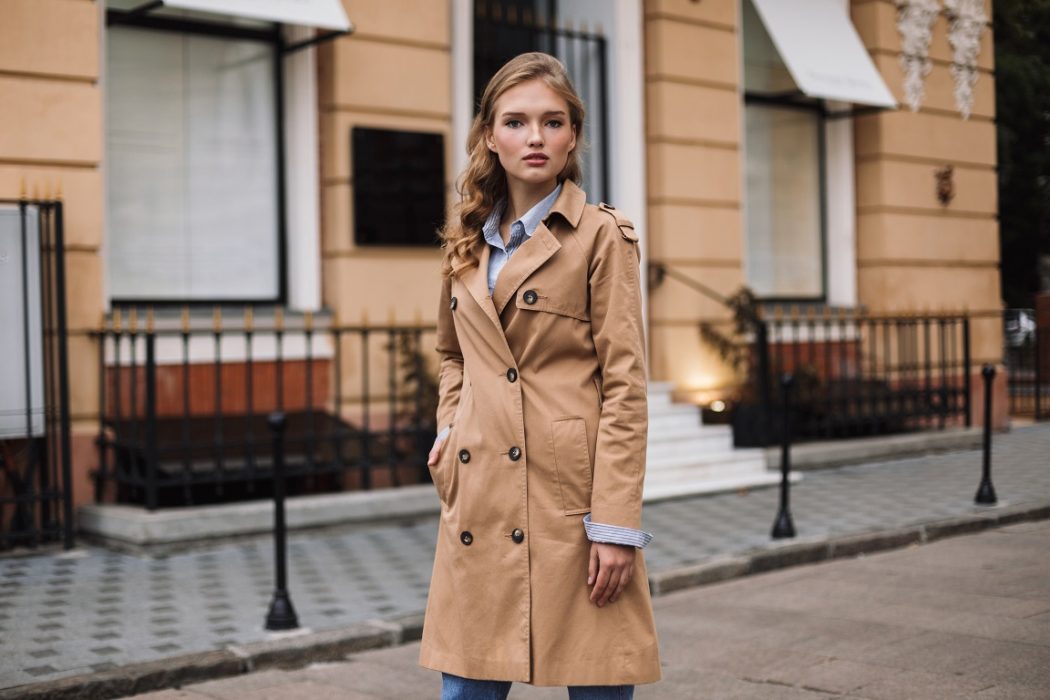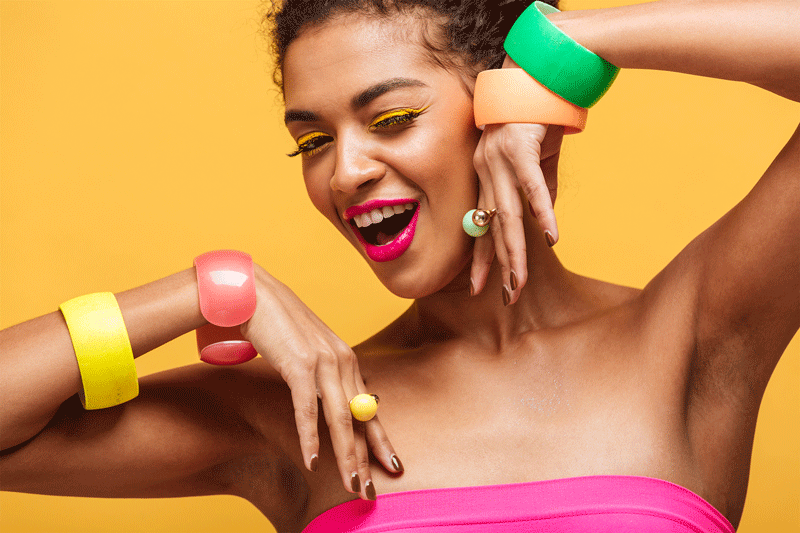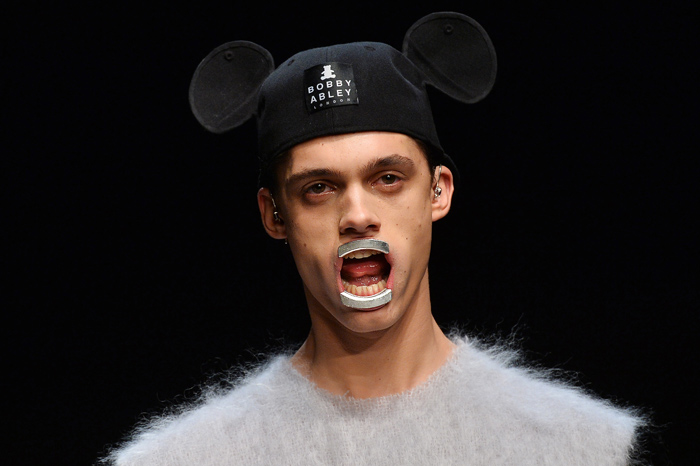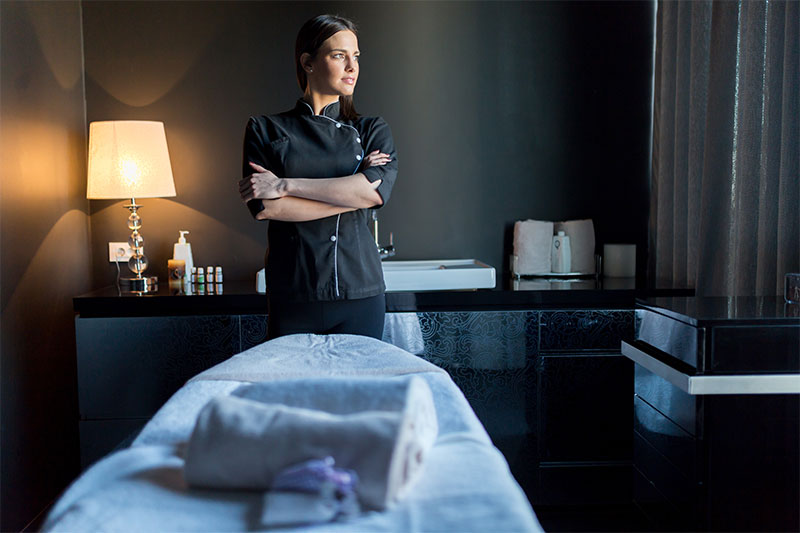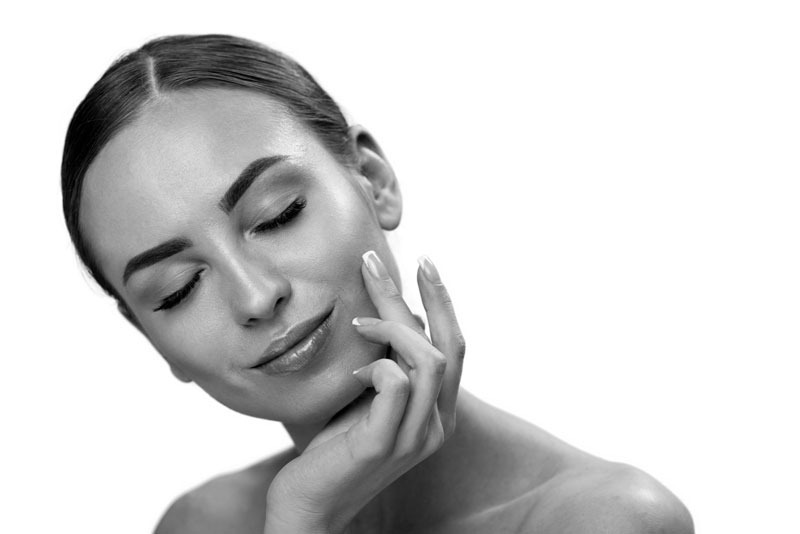It’s chilly outside so you’ve wrapped up warm from head to toe. Your indoor heating is also cranked up to combat the cold weather outside. Does this sound like you?…
Maintaining Good Skincare for Perfect Legs
Caring for your leg health during every stage of your life can be a simple part of your daily routine, and it will make a big difference to whether your…
3 (more) Menswear Brands to Make it Big this Year
If you’re not aware of the NewGen Men’s concept, here is a brief introduction. The idea launched back in September 2009 as a result of Topman and Fashion East’s successful…
The Secret Confessions of a Massage Therapist
When we think about a getting massage, our thoughts most likely focus on what type we’d like and how relaxed we’ll be at the end of it. It’s quite possible…
3 Ways to Ditch your Glasses, Look Good and Still See
It’s a lot easier to consider glasses a fashion staple when you don’t actually need to wear them. If you’re someone who has been wearing prescription glasses since childhood, you’ll…
Natural Permanent Makeup – Pros and Cons
Anyone who has spent even the shortest time in any sort of beauty circles will have heard of microblading. The trend hit it big roughly a year ago. Through the…
Can You Be Pregnant and Still Chic?
Even if you’re pregnant, you can find the perfect clothes, accessories and beauty regimen to make you look in-style, whether indoors and outdoors and regardless of the season or time…
Beauty Sleep: Vital to a Youthful Look and Better Social Life
When it comes to maintaining a youthful look, beauty sleep may just be your best routine. Getting enough shut-eye helps your body recharge and your skin regenerate, which has a…
Laser and Non-Laser Solutions
There are a lot of ways to fight back against the damage your skin incurs these days. One obvious option is surgery, but it is only a good choice if…
Workout: Best Practices for Before and After
Aworkout is a process, which goal is both the building and maintaining of a healthy body. It is a journey from a state of unhealthy living to one where every…


